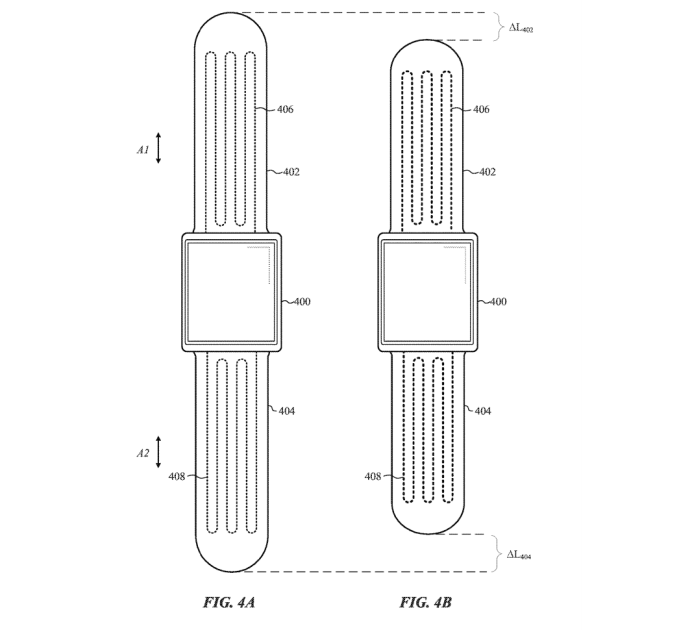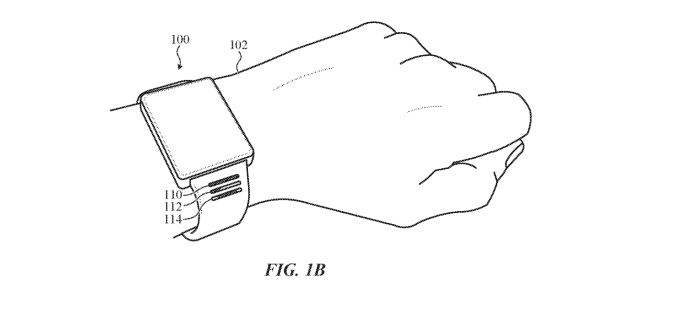GM is turning to Google to provide in-vehicle voice, navigation and other apps in its Buick, Cadillac, Chevrolet and GMC vehicles starting in 2021.
GM began shipping vehicles with Google Android Automotive OS in 2017, starting with the Cadillac CTS and expanding to other brands. Android Automotive OS shouldn’t be confused with Android Auto, which is a secondary interface that lies on top of an operating system. Android Automotive OS is modeled after its open-source mobile operating system that runs on Linux. But instead of running smartphones and tablets, Google modified it so it could be used in cars.
Now, GM is taking the additional step of embedding the Google services that so many people already use through their phones and smart speakers. GM was convinced by its own customer research to bring Google into its cars, Santiago Chamorro, GM’s vice president for global connected customer experience, told TechCrunch.
Google voice, navigation and apps found in the Google Play Store will be in compatible GM brands starting in 2021. Broad deployment across all GM brands is expected to occur in the years following.
Future GM infotainments, powered by Android, will have a built-in Google Assistant that drivers can use to make calls, text, play a radio station, change the climate in the car or close the garage door, if they have rhe requisite connected smart home device. The Google Assistant integration will continue to evolve over time, so that drivers in the future will be able to simply use their voice to engage with their vehicle, which could include renewing their
OnStar or Connected Services plans, checking on their tire pressure, scheduling service, according to GM and Google.
Google Maps will also be embedded in the vehicle to help drivers navigate with real-time traffic information, automatic re-routing and lane guidance. Google Assistant is tied into maps, allowing drivers to use voice to
navigate home, share their ETA or find the nearest gas station and EV charging stations.
The infotainment system will include in-vehicle apps from the Google Pay store.
GM isn’t ditching all of its own features for Google, Chamorro said, adding that the automaker will continue to offer its own infotainment features such as service recommendations, vehicle health status, in-vehicle commerce and more, with the Google applications and services complementing our offerings.
In May, Google announced that it was opening its Android Automotive operating system up to third-party developers to bring music and other entertainment apps into vehicle infotainment systems. Media app developers are now able to create new entertainment experiences for Android Automotive OS.
Google has been pushing its way into the automotive world, first through Android Auto and then with its operating system, for several years now.
In 2017, Volvo announced plans to incorporate a version of its Android operating system into its car infotainment systems. A year later, the company said it would embed voice-controlled Google Assistant, Google Play Store, Google Maps and other Google services into its next-generation Sensus infotainment system.
Polestar 2, an all-electric vehicle developed by Volvo’s standalone electric performance brand, also has the Android OS. Renault-Nissan-Mitsubishi Alliance anf Fiat Chrysler Automobiles have also announced plans for Android Automotive OS.
“Cars are quickly transforming and opening up a lot of opportunity,” Patrick Brady, vice president of engineering at Google, said in a recent interview. “Its the beautiful thing about having a platform like this. There are services that we might not be thinking about today and that be here tomorrow.”
from Android – TechCrunch https://ift.tt/34lf0Pv
via IFTTT



